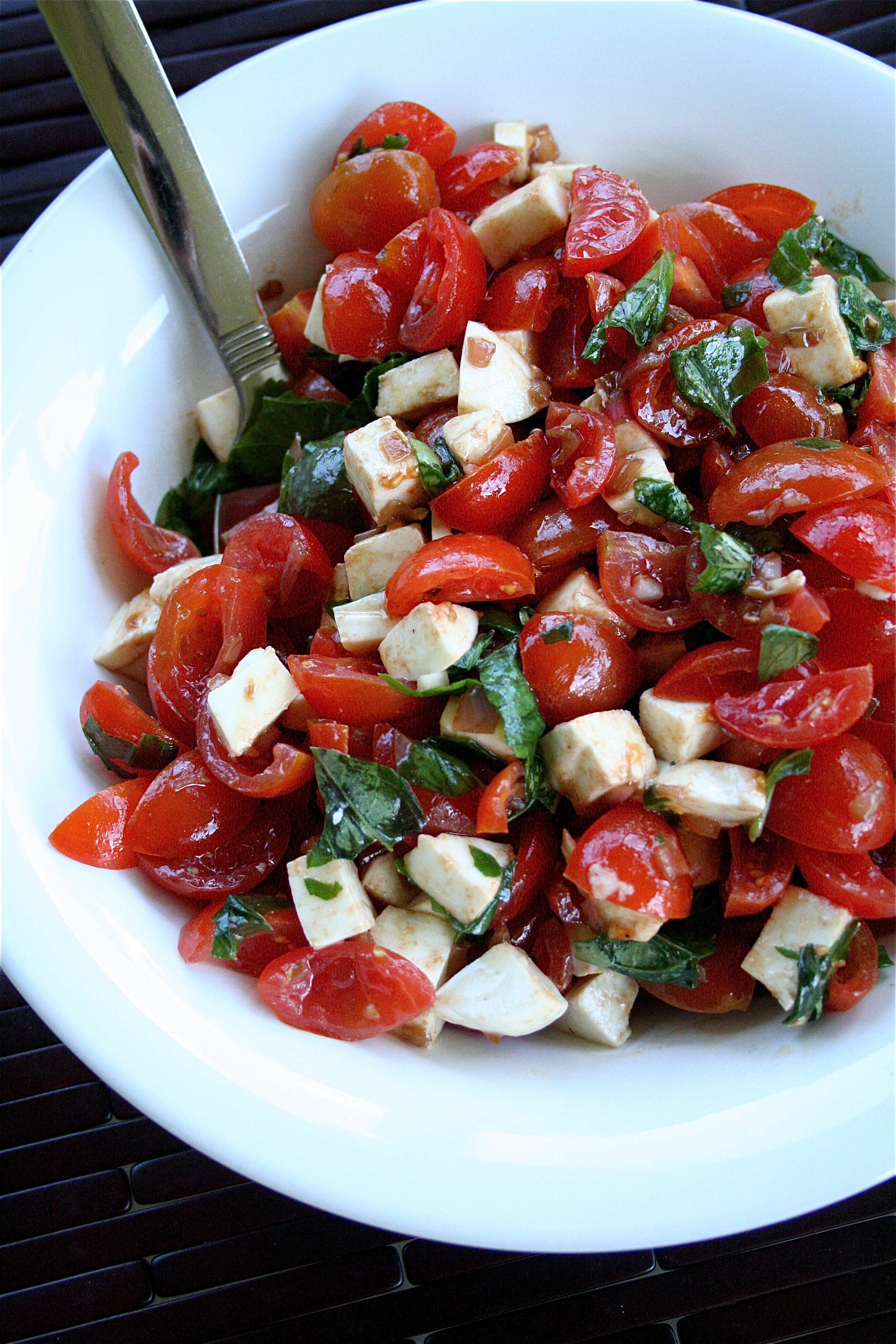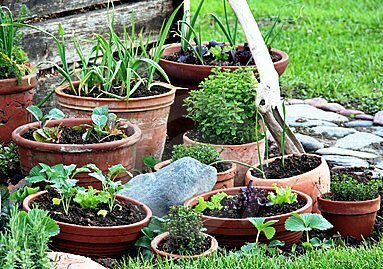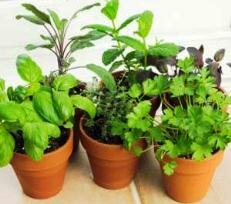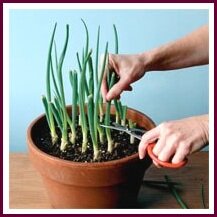Rats! My word, those little creatures love to climb up to balconies, shimming up walls or drainpipes even, and under cover of darkness they will dig up your container plants, knock them over if small, eat any vestiges of un-rotted compost and nibble roots. Possums, raccoons and similar climbing scallywags can be just as destructive, so get a cat, dog or trap — up to you.
- To help stop smells from compost, especially if your pots are inside or nearly, and to help control moisture and temperature, put 3-10 newspaper layers on top of soil before you add mulch. This also deters birds from scratching up the soil. Do make sure you check the soil for when to water, just in case it has dried out underneath the paper.
- It’s all in a day’s work for a lettuce to grow if it has the right conditions. IF you can’t make compost or do any no-dig layer things, don’t worry.
You may have only a window-sill, a sunny table-top, a neat’n tidy porch and you don’t want mess and muck, in which case buy your organic potting mix by the bag.
You’ll still get healthy veggies and still the thrill of growing your own.
Watering and feeding Container Vegetable Gardens
Because their roots are restricted, potted veggies need constant vigilance. Watch and correct signs of wilting in particular. It’s so easy for pots, especially plastic pots to heat up and fry plant roots. Clay pots are prone to drying out their soil contents quickly so keep a watering system handy.
Preferably set up an irrigation system of small, flexible pipes that drip into each pot when you turn on a tap. Otherwise use a hose or watering can and give your pots their main watering in the morning before the sun gets high and hot.
Just like vegetables grown in the ground, stress by any means, such as lack of water even for a short time, lack of nutrients, cold snaps, blasts of wind and so on, will more often than not result in the vegetable plants producing small harvests, succumbing to disease, or in some varieties, bolting to seed.
Roots go down and out a remarkably long way in most plants when grown unrestricted, so when contained by walls, roots have no means to go further and deeper in search of food and water. Due to extra watering, nutrients get washed away quicker in a container than in the ground also.
Thus as well as watering, regular feeding is a must. Use diluted liquid fertilizer every 1-3 weeks depending on what plants you have growing.
Here are some quick and easy recipes for
making compost tea and other liquid fertilisers you can brew up at home in just days or a few weeks.
It is also very important that a
mulch is put on top of the container, especially when plants are small, pots are big, and there's lots of soil exposure.
This will slow evaporation and keep the surface temperature of the soil cooler. Plants with smaller, fibrous roots like tomatoes can so easily dry and die in hot soil.
Sharp gravel will act as a mulch and also deters diggers such as squirrels. Some of the rounded or coloured pea gravels are attractive and to a lesser degree will act as a pest barrier, but remember you will be replanting or repotting vegetables often, so will need to remove these sorts of permanent mulches when necessary.
Best Vegetables to Grow in Pots
I never had any luck growing vines in containers. Mind you, I’ve never had any luck making my first $billion... but some people half my age have. So give vines a go if you have LARGE containers... don’t take MY failure to produce anything but miniscule cucumbers and useless marrows as gospel.
Asparagus and corn are tricky, but the darlings are of course tomatoes, spuds, herbs and salad greens. Check out this information from experts on
How to Grow Superb Potatoes and
Grow Juicy Tasty Tomatoes for growing in everything from tubs, baskets, plots and planters.
And for all vegetables, here’s what you need to know about pot sizes and sorts, and a list of
container gardening vegetables to grow.
Picking and eating your home grown food is a pretty special feeling.
Do remember that a regular commitment is particularly important when growing vegetables in pots, all the more when everything is in full swing in summertime.
Give your plants that 5-15 minutes quick check most days for watering, re-potting, and general once overing to avoid trouble and waste later.
via :http://www.no-dig-vegetablegarden.com/container-vegetable-gardens.html





